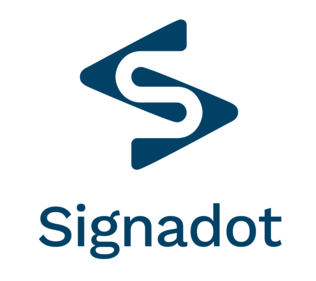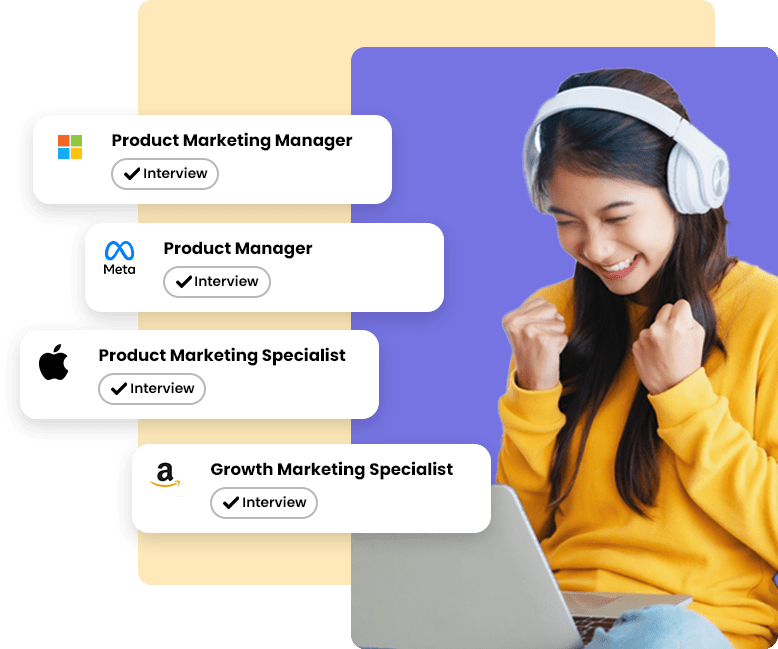Website: www.cambridgesemantics.com
Founders: Lee Feigenbaum, Sean Martin, Simon Martin and Emmett Eldred
Headquarters: Boston
Year Founded: 2007
Investors: Private
Twitter: @camsemantics
Brief Company Description: Cambridge Semantics builds semantic data management tools for companies that need better business insight.
 By Lee Feigenbaum, co-founder and vice president of marketing
By Lee Feigenbaum, co-founder and vice president of marketing
The web is a lot of things corporate IT systems are not. Anyone can access any kind of information at any time—videos, documents, tables, your own emails, blog posts, customer profiles. If you want information on a customer, you go to LinkedIn—not your in-house customer relationship management system. If you want information on a competitor you go to their website—not long-form analyst reports. It’s all right there, a couple clicks away. This information gentrification enables unparalleled flexibility and speed of action.
I wanted to bring this same power and flexibility to all corporate IT systems. A new world of Unified Information Applications in which all data is interlinked and available at the click of a button, to everyday business people, and where IT systems are as flexible as the web.
I began working with fellow co-founder Sean Martin at IBM’s Advanced Technology Internet Group in Cambridge, Massachusetts. The group was legendary at IBM as it was the first to use IBM super computers to run the first websites that had a million hits in a day, which was absolutely crushing traffic for that time. We built and ran the first websites for large public events like Wimbledon, the U.S. Open and the Olympics, invented IBM’s first web application stack, and built a complete AJAX stack for rich application development almost a decade before it became mainstream.
In 2002 we started working with semantic web technologies to see how they could be applied to create radically more flexible enterprise middleware. Together with cancer researchers at Massachusetts General Hospital and the National Cancer Institute (NCI), we were able to pioneer the usage of semantic web technologies in software for next generation drug research and collaboration. The research was so successful that the NCI wrote to IBM urging Big Blue to release the work as open source since it was used as the basis for the system behind the Center for the Development of a Virtual Tumor.
Despite this success, IBM was unwilling to invest heavily in this new, untried technology, so in 2007 Sean and I left IBM to found Cambridge Semantics along with Sean’s brother and also former-IBMer Simon and serial entrepreneur, Emmett Eldred.
After playing with the technology for a few years at IBM, we knew intimately what its strengths and weaknesses were. We knew it was simply revolutionary. We were building applications that were more fluid than anything we had seen, literally having to invent new ways to create interfaces on the fly based on changing data and changing user contexts. Very few people had tried anything like that before.
So over the next three years we assembled a team of rock star developers, many of whom had come out of IBM’s Extreme Blue program or the Advanced Internet Technology Group itself. This team took the forward-looking research ideas we had talked about and built Anzo, a platform for building unified information applications based on a set of open data standards implemented using semantic web technologies.
That may sound complicated, but the idea is actually very simple. Put all data from all places into a form in which users can most easily find and use it. This provides a holistic view across many different types of information for users to perform analysis. Semantic technologies provide the flexible core, and Anzo provides the usability, tooling, and accessibility for non-technical users.
There are many problems—in healthcare, pharmaceuticals, government, financial services…anywhere—that inherently require data that happens to sit in many different places and is in a lot of different formats, mostly inaccessible to the people who need it the most. These people who deeply understand what this data actually means are almost never the computer whizzes, but are rather experts in their own fields. And yet they have to somehow wade through all of it, slice and dice it, make annotations, ask questions, send bits of it around to colleagues, and make judgments to do their jobs.
For example, say you’re in business development at a pharmaceutical company. Part of your job is to select companies to acquire or drug compounds to license. There are thousands and thousands of companies you can pick from, and an overwhelming amount information about every aspect of them and their drugs sits in research journals, internal research databases, patents, databases such as that from Thomson Reuters, the FDA reports, venture capitalist blogs…you get the idea.
Your task is to synthesize this ocean of information to make the most informed choices. At Cambridge Semantics we believe that semantic web technologies are uniquely suited to solving the kinds of problems that have very loose boundaries as well as lots of unstructured data.
Semantic web technologies give you two major advantages in building unified information applications. The first is unparalleled flexibility that comes from its open world assumption—that is, you know you don’t know everything today so must account for future change and additional unexpected data—quickly.
The second is end user empowerment that comes from utilizing conceptual data models that can intuitively be understood by anybody, not just computer wonks. We saw this when we were working with MGH and the NCI, and couldn’t believe what a difference it made. Traditional technologies—databases, data integration software, reporting tools, etc.—are just too difficult, inflexible and unnecessarily restrictive when you’re used to working with semantics-based software. For so many reasons the older tools just inhibit the subject matter experts.
Anzo: The Product
To solve this problem, our team built the Anzo Platform to integrate structured, semi-structured and unstructured text data into useful applications. Anzo enables solutions—such as Spreadsheet Data Management, Pharmaceutical Competitive Intelligence, Compliance Information Management, and many others—to be created that would either not even been attempted using traditional tools or would be impractically expensive to implement. Increasingly the financial services industry and their regulators are also evaluating the use of semantic open data standards to address their vast seas of information as it could provide major cost savings and at the same time help to avoid costly mistakes.
At our first major Fortune 100 implementation we were competing against their IT team, who wanted to build a custom solution. The business sponsor went through the whole process with them to price out the project and estimate a delivery date. The budget came in at 12 months and seven figures, which is typical of traditional data integration and reporting projects with dashboards and web forms. With Anzo, we literally flew an engineer down on a Monday, flew him back on a Friday, and had it working.
What this means, in essence, is that before there was a class of problems that were important yet hard to solve and now those issues are addressable using Anzo.
The Future
Today, Cambridge Semantics—now located adjacent to the Boston Common with a view overlooking the Massachusetts state house—counts pharmaceutical giants Merck, Johnson & Johnson, and Eli Lilly among our customers. The Anzo Pharmaceutical Competitive Intelligence Solution won Best of Show at Bio-IT World 2012. Outside of pharma we do work in financial services and other markets, with customers such as retail giant Staples, global advertising purchasing leader GroupM, and the US Air Force.
While the semantic technology market is still considered to be emerging by many, our company has been around since the very beginning and launched its first commercially available product in late 2009. The Anzo solution most often competes with business’ own in-house efforts to work around the limitations of traditional technologies using custom applications. For example, business intelligence tools are great for reporting but don’t offer operational data management capabilities. Databases are great for operational data management, but very hard to update to include new data. Content management and search solutions are great at storing and finding documents, but terrible at reporting.
To help address those challenges, we continue to lead efforts to standardize semantic web technologies. I serve as co-chair of
the W3C SPARQL working group. The World Wide Web Consortium, or W3C, is an international community that develops open standards to ensure the long-term growth of the web. In addition, we’ve also taken an active role in growing the semantic web community through the free online resource Semantic University.
Cambridge Semantics – www.cambridgesemantics.com













